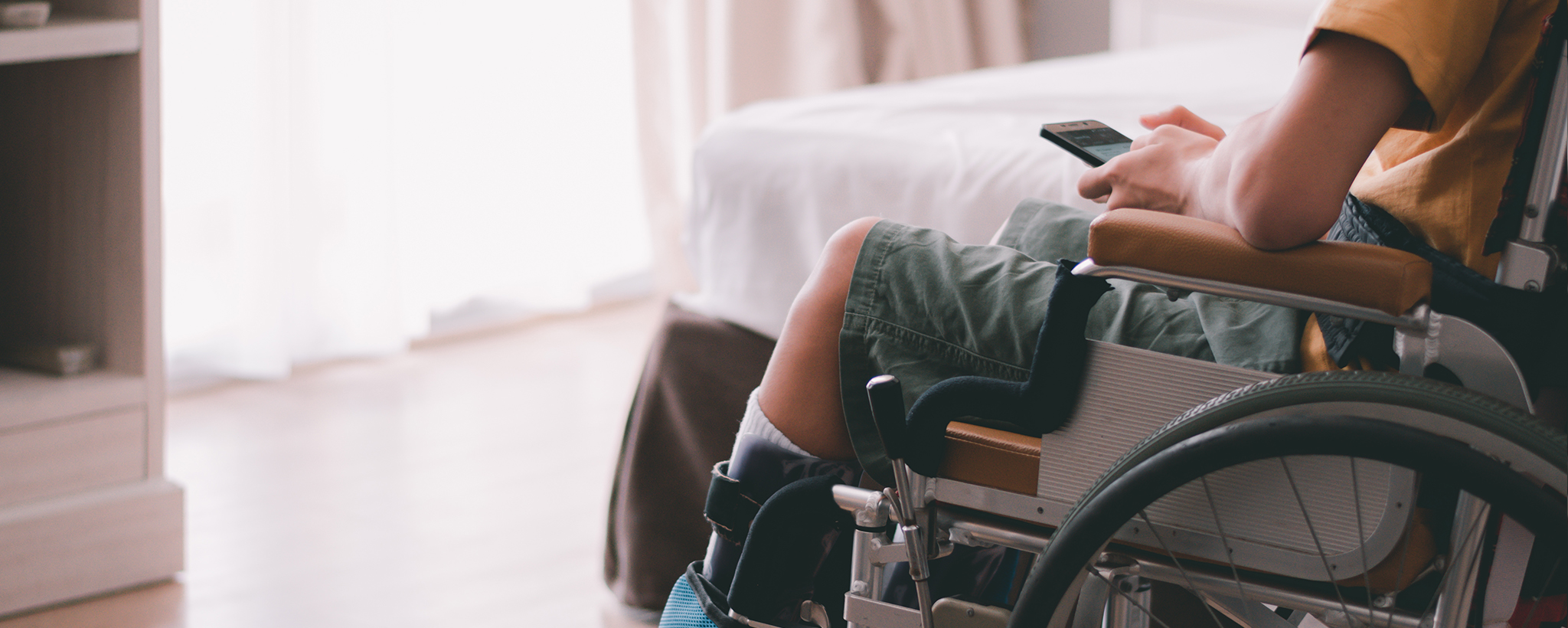This toolkit contains personal disaster preparedness for people with disabilities,
Disabilities can impact a person in a variety of ways—both visible and invisible. For people with disabilities and their families, it is important to consider individual circumstances and needs to effectively prepare for emergencies and disasters.
Videos
Share these videos to your social media channels with the messages below.
Disability Videos to Share
- I Use a Wheelchair (2:00)
- I am Hard of Hearing (:15)
- I am Blind (:20)
- I am Hard of Hearing (2:30)
- I am Blind (2:00)
- What to Know if You Live with a Disability (:19)
- What to Know if You Live with a Disability (1:14)
Hashtags
- #Disabilities
- #PreparingwithDisabilities
- #WePrepare
Related Content
- Tips for People with Disabilities Graphics
- Office of Disability Integration and Coordination (ODIC)
- Preparing with Disabilities
- Low and No Cost Preparedness
Social Media Messaging
- Now is the time for people with disabilities to think about personal disaster preparedness. @FEMA suggests four steps you can take: Stay Informed, Make a Plan, Build a Kit, Get Involved.
- When building a kit, people with disabilities should consider the items they use daily, as well as life-sustaining items. www.ready.gov/disability
- Personal disaster preparedness for those who use a wheelchair from @FEMA: Add spare tires and an air compressor to your emergency kit to make sure you can stay mobile in the event of an emergency. https://youtu.be/ZJynUNkrKRg
- If you have a disability and use an electronic device to communicate, charge and keep back-up batteries in your emergency kit so you can converse with emergency responders and stay mobile.
- Personal disaster preparedness for those with vision loss from @FEMA: Make sure your plan includes the location of the nearest accessible public transportation, a hospital and emergency services. https://youtu.be/qRKTHhT_bcA
- Preparedness for people who are hard of hearing from @FEMA: Put a fully charged portable cell phone charger in your kit so you can communicate in case of an emergency. https://youtu.be/oDDvOwuiVzc
- If you depend on Social Security or other regular benefits, switching to electronic payments is an easy way to protect yourself financially before disaster strikes. www.ready.gov/disability
- Create a support network of people who can help you in a disaster. Keep a contact list in a watertight container in your emergency kit or on your electronic devices. www.ready.gov/disability
- Plan ahead for accessible transportation that you may need for evacuation or getting around during or after disaster. www.ready.gov/disability
- Many city and county emergency management agencies maintain voluntary registries for people with disabilities to self-identify in order to receive targeted assistance during emergencies and disasters. Contact your local emergency management office to find out more.
- If you use medical equipment in your home that requires electricity, talk to your doctor or health care provider about how to keep it running during a power outage. You can also ask your power provider to put you on a list for priority power restoration.


